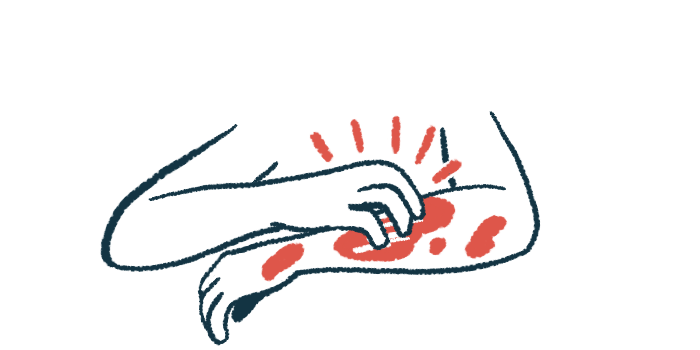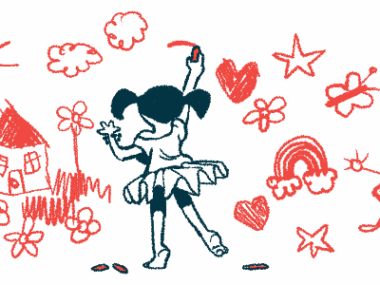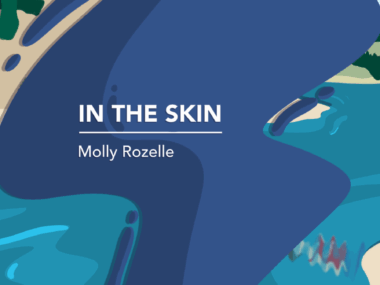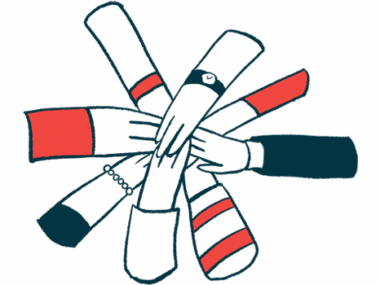RLF-TD011 spray fights bacteria, aids wound healing: Phase 1 trial
More diverse wound microbiome, beneficial bacteria observed after treatment
Written by |

RLF-TD011, a spray of hypochlorous acid that Relief Therapeutics is developing to control infections in wounds of epidermolysis bullosa patients, was effective at fighting off harmful bacteria in adults and children with the junctional or dystrophic form of the disease.
That’s according to findings from an investigator-initiated Phase 1 clinical study (NCT05533866) that tested how well RLF-TD011 works to reduce the number of Staphylococcus aureus bacteria growing in the open wounds of 16 patients after eight weeks of treatment.
“These findings support the potential of RLF-TD011 to meaningfully advance wound care for patients with epidermolysis bullosa,” Giorgio Reiner, chief scientific officer of Relief, said in a company press release.
Approved in the U.S. and other countries under the brand name Nexodyn, the sprayable solution cleanses the skin by removing dead and infected tissue, while keeping it moist to help heal acute and chronic wounds, including cuts, abrasions, sores, and burns. However, it’s not approved for use in epidermolysis bullosa.
“This is an important milestone in the development of RLF-TD011 toward regulatory approval. With this data in hand, we plan to consult with the U.S. Food and Drug Administration [FDA] to finalize our development and regulatory plan,” Reiner said.
RLF-TD011 granted orphan drug designation by FDA in 2019
In 2019, the FDA granted the spray an orphan drug designation to support its development toward regulatory approval for epidermolysis bullosa. This designation offers benefits such as tax credits and seven years of market exclusivity, if approved.
Epidermolysis bullosa makes the skin extremely fragile and prone to blister or tear into wounds that are often difficult to treat and likely to get infected. In its most severe forms, junctional and dystrophic epidermolysis bullosa, blisters can develop into chronic wounds or form in internal organs, leading to pain.
“Epidermolysis bullosa is a devastating blistering skin disease that greatly impairs quality of life, particularly from the pain, itch, and risk of infection associated with open wounds,” said Amy Paller, MD, the study’s principal investigator and chair of dermatology at Northwestern University in Chicago.
RLF-TD011 is a highly pure solution of hypochlorous acid, a chemical naturally produced by the immune system in response to infection. Relief developed it using its Tehclo technology. The spray is easy to use without touching the skin, reducing the risk of spreading infection.
In the study, launched in early 2023, patients with wounds positive for Staphylococcus aureus or Pseudomonas aeruginosa were treated with the spray for eight weeks and then the treatment was stopped for four weeks, after which they could use it as needed for six months in an open-label extension.
The study met its main goal of reducing the number of S. aureus in the wounds, by 24%, after the first eight weeks of treatment. This reduction was linked to a decrease in wound size, with 78% of treated wounds closing completely.
In the four weeks following treatment, the researchers observed a more diverse microbiome — the community of microorganisms present in the wounds — with an increase in beneficial bacteria. This suggests that RLF-TD011 may have a lasting effect.
“Evidence of reduction in the load of S. aureus and associated improved wound closure highlights the value of use of an antimicrobial spray during wound care,” Paller said.






